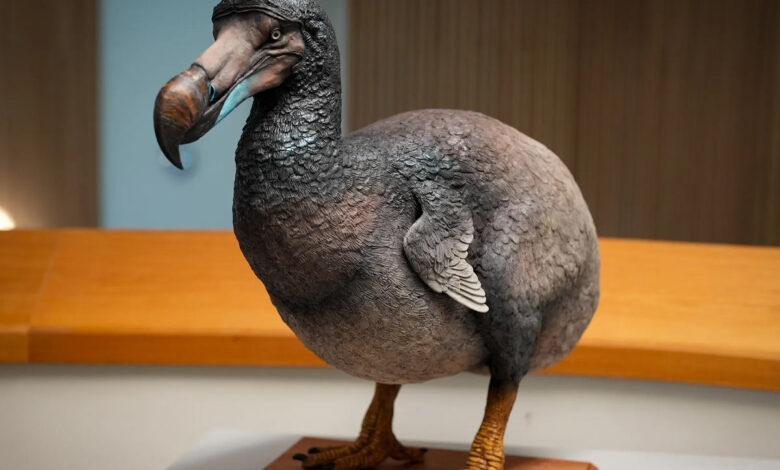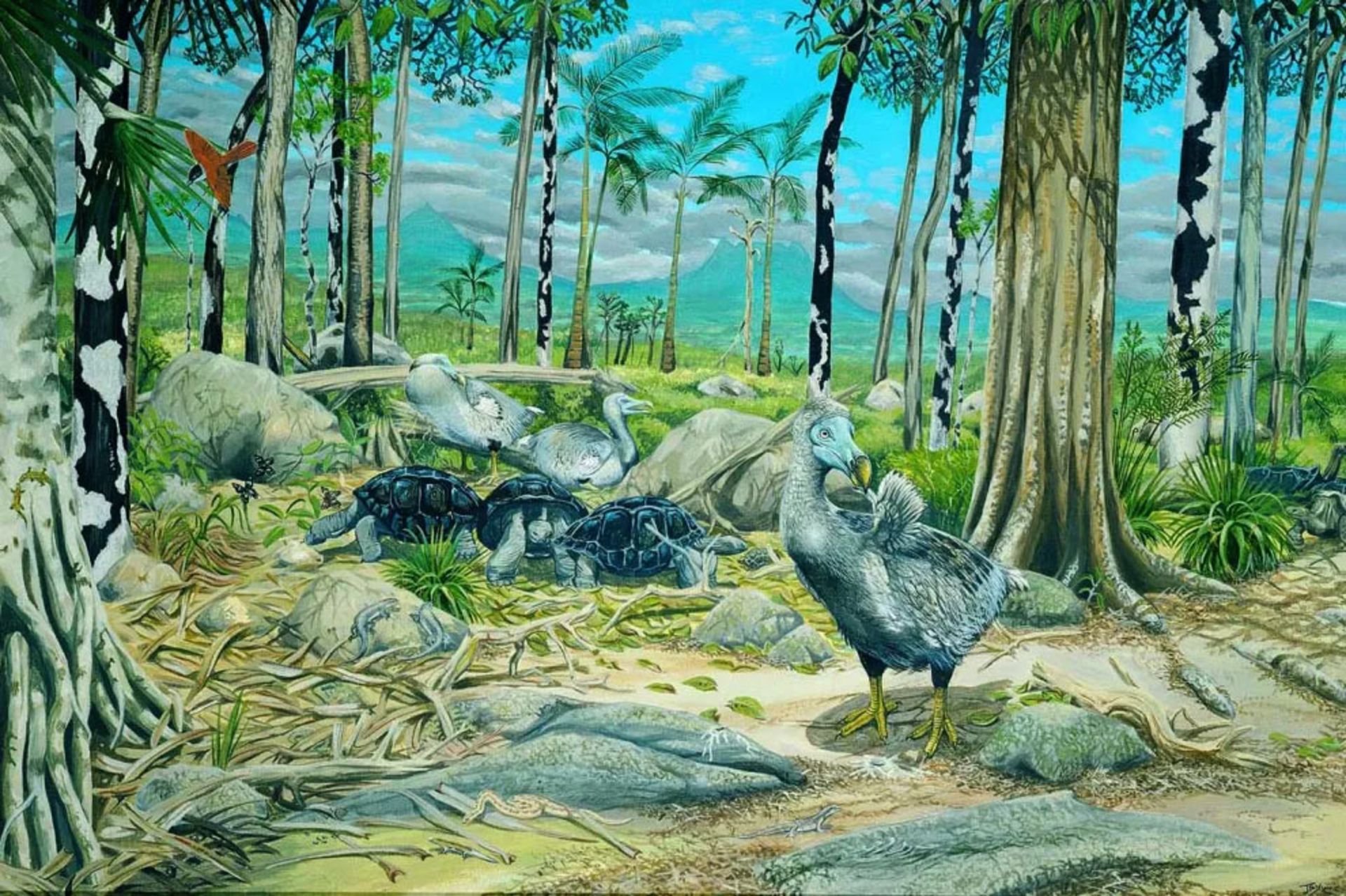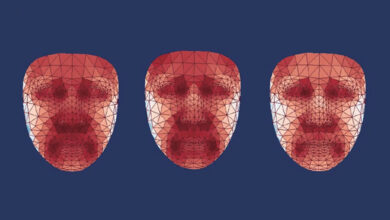
The dodo is one of the most iconic yet maligned extinct animals. Despite being extinct for more than 400 years, many still believe that this flightless bird was too stupid, slow and clumsy to survive the newcomers when humans arrived on its native island of Mauritius.
But by combining centuries of scientific writings, historical accounts, and biological information into a single work that has revealed and rewritten taxonomic records, researchers sought justice for the oppressed dodo and its extinct relative, the Rodriguez pigeon.
A team of researchers in collaboration with the University of Southampton, University of Oxford and the Natural History Museum, in a new study published in the Zoological Journal of the Linnean Society, tried to find out the facts about the dodo bird.Raphus cucullatus) specify. This study provides the most comprehensive review of the taxonomy of the dodo and its closest relative, the Rodriguez pigeon.
Neil Gastlingthe study’s lead author and professor of evolution and palaeontology at the University of Southampton, argues that most people’s perception of the dodo isn’t completely wrong, but that they ignore the bigger issues behind its extinction.
Dodo was neither fat nor stupid, but adapted to his native ecosystem
“If you think of the dodo, you think of a short, chubby, slightly stupid bird that deserves to be extinct,” says Gostling. But it is not so. “The dodo was neither fat nor stupid, but adapted to the ecosystem of the island of Mauritius where it lived for millions of years.”
What the dodo and its sister species, Rodriguez’s pigeon, were not adapted to, however, was the brutal, colonizing force of modern society. Dutch sailors first encountered the dodo in 1598 after reaching the island of Mauritius, located 1,134 km east of Madagascar in the Indian Ocean.
The birds of the island had evolved without any large predators, and as a result had no instinctive wariness of humans. This made them easy prey for hungry ship crews and international traders. In less than a century, Dodo disappeared from the earth; Not because it was widely eaten or exhibited in zoos, but because it could not cope with the rapid changes and pressures of human colonization.
Dodo’s main enemies weren’t the humans themselves, but everything they brought with them as they built a supply port for the Dutch East India Company in Mauritius. Livestock such as pigs, dodo nests trampled these ground birds, while rats ate their eggs and young chicks. At the same time, dogs, cats and other animals hunted the invasive dodo and at the same time competed for the island’s limited food resources. By 1662, Dodo was extinct. Almost a century later, Rodriguez’s pigeon followed suit. With only 64 years of human documentation of the dodo, it didn’t take long for fact about this bird to mingle with fiction.

Photographer: Julian Pender Hume
“The dodo was the first living thing to be recorded and then disappear,” Goestling said. According to him, before the dodo’s extinction, it was not thought that humans could have a great impact on the environment.
Mark Younga professor at the University of Southampton and lead author of the paper, says that in the early 19th century, some people even considered the dodo and Rodriguez’s pigeon to be “mythical beasts.” It wasn’t until the 1800s that Victorian scientists finally confirmed that both bird species actually existed. But over time, the image of the dodo has largely changed from a symbol of humanity’s often disastrous effects on the environment to a misguided and misunderstood example of the “survival of the fittest.”
Meanwhile, for more than 400 years, there was a lot of confusion about the number of species of the dodo and Rodriguez’s pigeon. Some scientists thought there were three species, while others believed there might be five, including varieties such as the Nazareth dodo, the white dodo, and the white Rodriguez bird.
But after scrutinizing four centuries of scientific writings and surviving physical remains, including the only remaining soft tissue from the dodo, Goestling, Yang, and their colleagues believe there are only two species: the dodo and the Rodriguez pigeon, and both are part of the pigeon and lunar family. that to the family pigeons (Columbidae) belonged to
As for the dodo’s reputation as a clumsy bird, a closer look at its skeletal remains shows that this belief is not true. The research team found that Dodo had a tendon in his leg that was almost as thick as a bone. This feature is found today in other birds known for their speed and agility in climbing, and suggests that the dodo was indeed an incredibly fast and active animal.
Dodo’s image changed from the bad human impact on the environment to a false example of “survival of the fittest”.
“Even after four centuries, we still have a lot to learn about these remarkable birds,” Young said. Few written reports of living dodos say that [پرنده] It was an animal that moved quickly and loved the forest.”
Researchers think that by taking a closer look at the dodo and Rodriguez’s pigeon, we can clear up the false stories and better understand their true history. Ultimately, the extinction of those birds was not because they were weak or poorly adapted, or the result of their evolutionary failure, but because of humans’ harmful impact on their environment.
“The beetles had a fundamental place in their ecosystem,” Goestling said. If we understand them, we may be able to support the recovery of the Mauritian ecosystem, perhaps beginning to reverse the damage that began with the arrival of humans nearly half a millennium ago. “There are no other living birds like these two species of giant land pigeons.”








